Historic Buildings in Bologna
Updated on 06 September 2021 From Bologna Welcome
Palaces and grand residences have always ranked among the most popular tourist attractions in the world. Symbols of power, magnificence and glory, even in Bologna, they adorn the historic centre with their monumental facades, fine decorations and enchantingly beautiful porticoes.
Below is an itinerary that touches on those that can actually be visited, without needing any specific requests, but rather taking advantage of standard openings or temporary exhibitions set up in their charming interiors.
Our tour of the palaces could only begin with the most centrally located, the first unavoidable stop on the central Piazza Maggiore: Palazzo d'Accursio. This articulated complex has been evolving over the centuries since the 13th century, starting out as the home of a master of law and later becoming the seat of the Municipality of Bologna. Even the exterior façade reveals the majesty of the place, with its courtyard of honour and monumental staircase designed for horses leading up to the splendidly frescoed halls-loggias. The true highlight of the palace is the Clock Tower, for you to visit with a combined ticket together with the Municipal Art Collections.
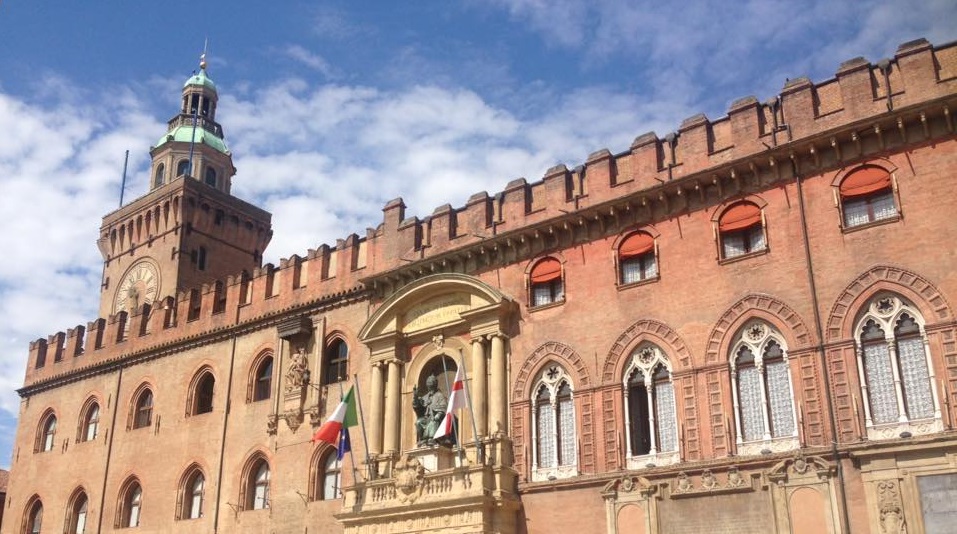
Part of the same complex, yet with an own entrance on Piazza Nettuno, stands the Sala Borsa, a unique place in terms of architecture, culture and city history, now housing Bologna's most important library. Once inside, don't let its splendid covered square distract you from admiring the crystal floor, under which you can see the ancient excavations and the sedimentation of the civilisations that have been following one another in this place over the centuries.
Walking along Via IV Novembre, Palace Caprara Montpensier – Palace of Buon Governo - welcomes visitors in a fascinating atmosphere rich in history: the majestic halls lead them on a journey in the political history of the city, among illustrious owners, nobles and royalty, until the famous Napoleon. The furnishings and works of art inside are a testimony of the long history of the building, that once was a place of power and government and now is the headquarter of the Prefecture of Bologna.
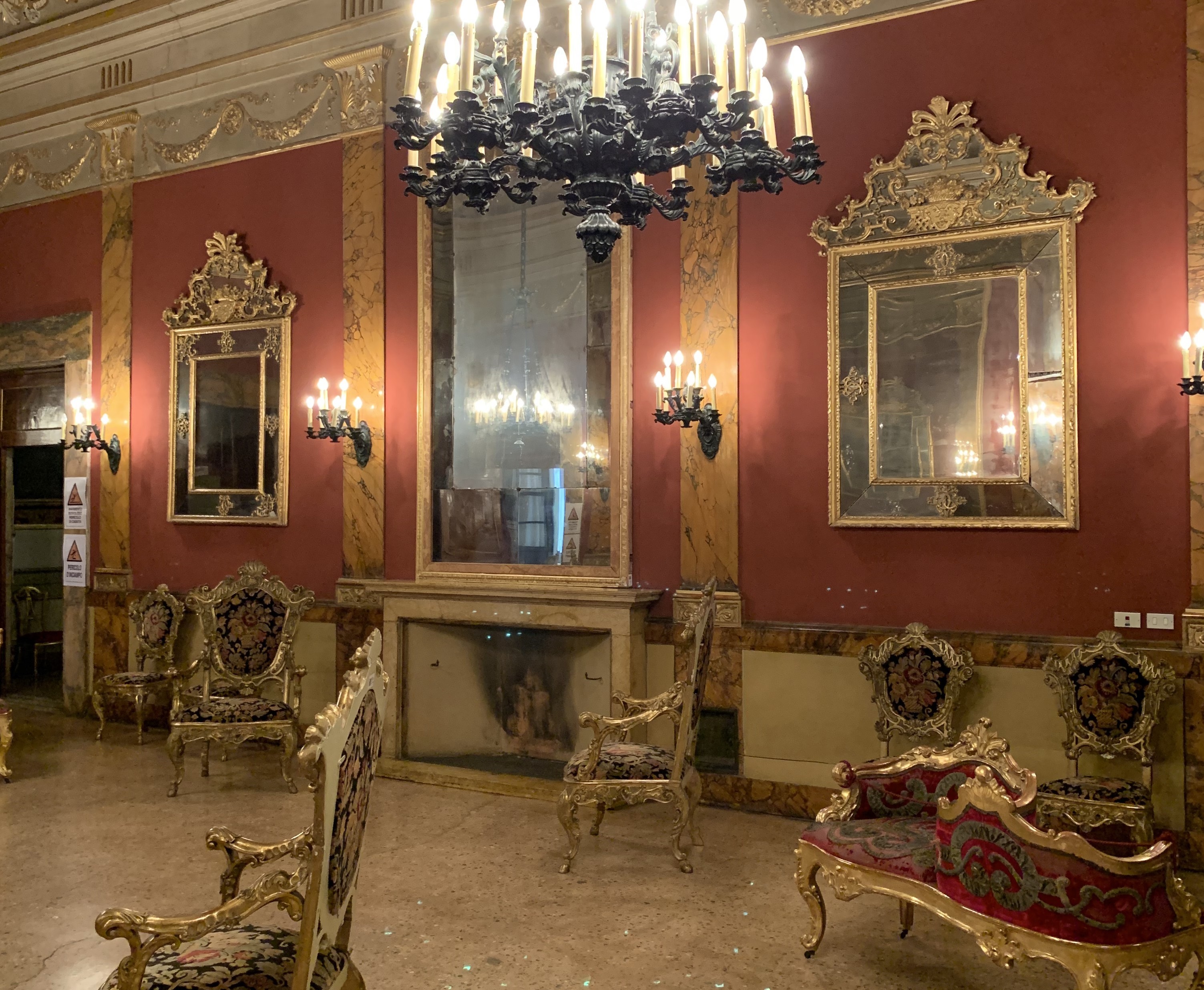
We continue our tour crossing the square and passing by the church of San Petronio. We then arrive at the Archiginnasio, the oldest seat of the University of Bologna. From its porticoed courtyard, decorated with the coats of arms and emblems of the former students who have come and gone over the centuries, it is then possible to visit the Anatomical Theatre (€3.00) at the first floor, where medical lessons would once be held. Still perfectly preserved, this place bears witness to the history of the oldest university in the western world.
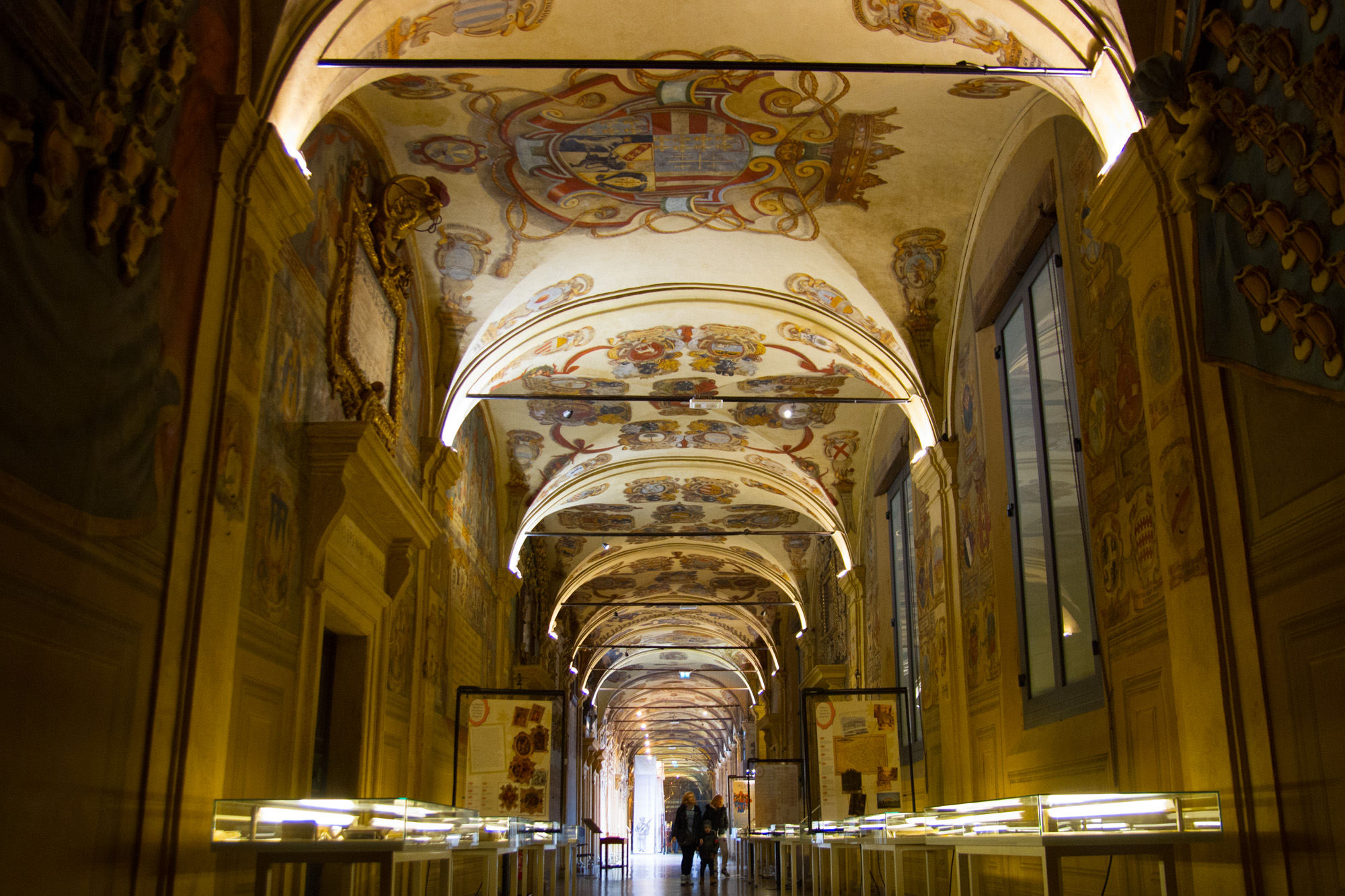
Once you have conquered the first three milestones for any admirer of historic buildings who sets foot in Bologna, you can move on to other splendid buildings that have now become museums or permanent venues for international art exhibitions.
One of them all? Palazzo Fava.
With masterpieces frescoed by the Carracci brothers, the palace often hosts high-level exhibitions, and can be visited even when no events are held (€8.00 or included in the Bologna Welcome Card).
Then we find Palazzo Albergati with its 17th-century frescoes, Palazzo Pallavicini where Mozart performed, Palazzo Belloni with its majestic staircase, and the Renaissance Casa Saraceni. All of these four are renowned palaces and residences that open their doors on the occasion of the many exhibitions enlivening the city's art scene, an excellent opportunity to browse the halls between one painting and another. We recommend checking their websites to find out in real time whether they are hosting an exhibition or are closed.
But the number of fine buildings you can visit in Bologna does not end here!
We find Palazzo Sanguinetti, housing the Music Museum (€5.00 or included in the Bologna Welcome Card), Palazzo Davia Bargellini with the Industrial Art Museum (free) and Palazzo Pepoli where the Museum of the History of Bologna is located (€13.00 or included in the Bologna Welcome Card).
Finally, if you still haven't had your fill and would like to continue your stroll among the city's most beautiful buildings, we recommend two of the University 's many buildings that are worth a peek: Palazzo Hercolani (seat of Political Sciences) and Palazzo Malvezzi Campeggi (seat of Law). Here you can pose as a student and take a look inside. Our word, they won't disappoint!
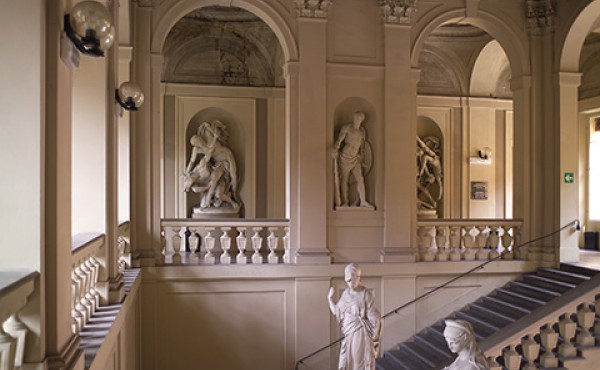
An equally large number of fascinating buildings can be reached by car, train or suburban bus.
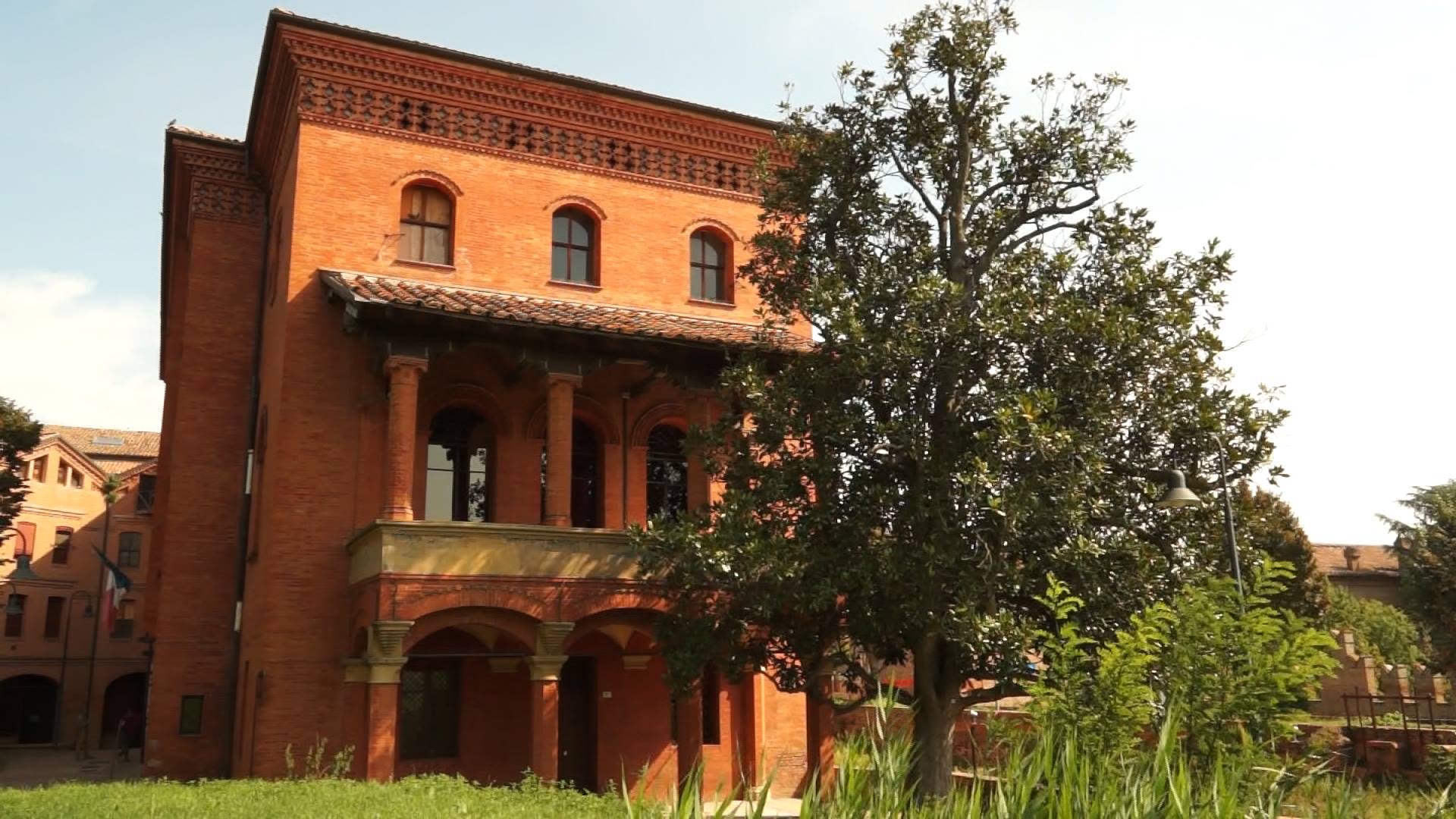
Starting from the Flatlands, Palazzo Rosso in Bentivoglio is a magnificent example of Bolognese Art Nouveau and, given the predominance of strongholds and castles in this area, visitors can also visit the Rocca di Pieve di Cento, originally a fortress and now home to the Museo delle Storie di Pieve (Museum of the History of Pieve), regularly open to the public. We also suggest Palazzo del SS Salvatore in S. Giovanni Persiceto, now housing the library and historical archives of the municipality.
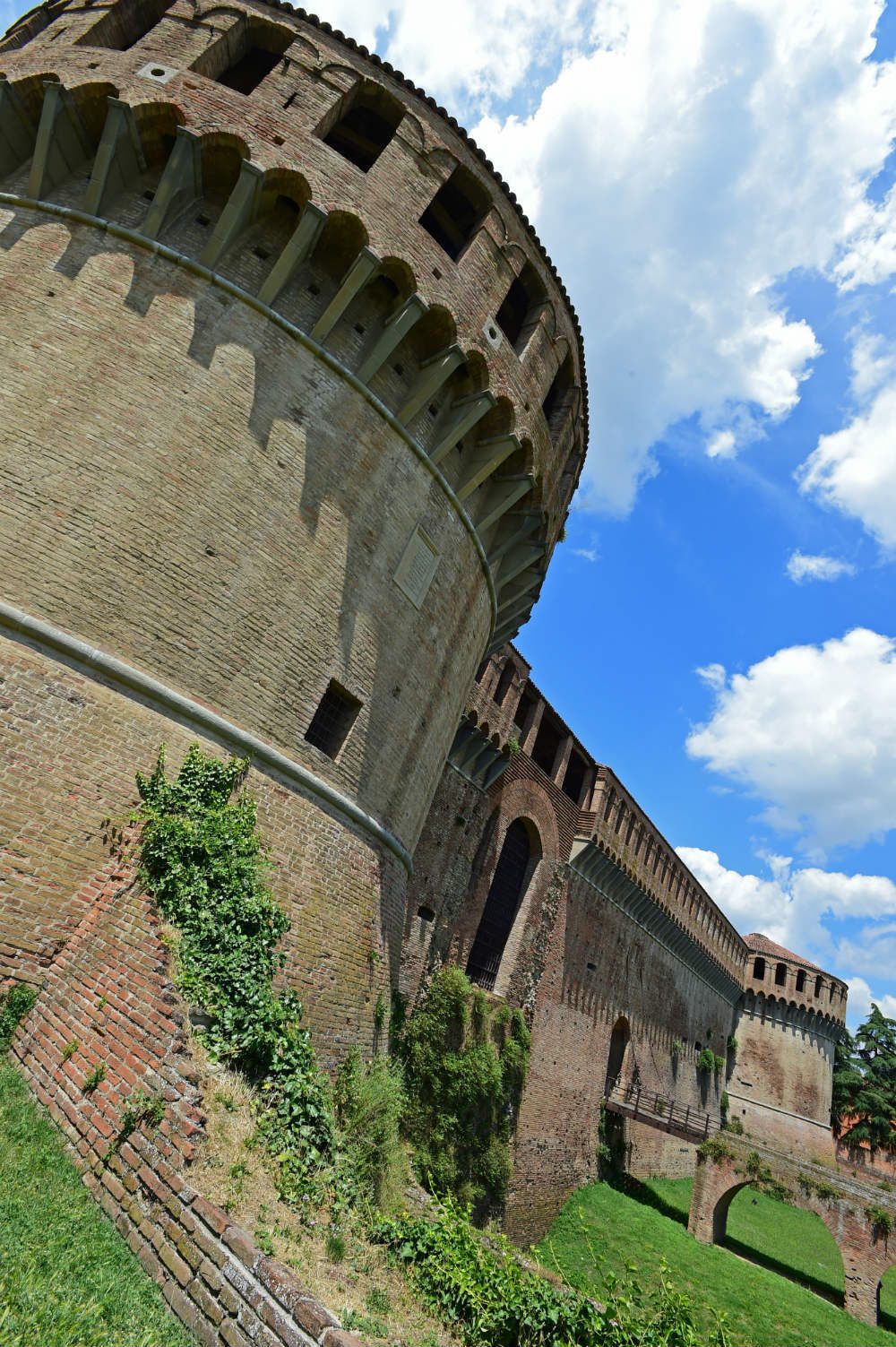
Heading towards Imola, on the other hand, the most outstanding buildings are Palazzo Tozzoni (free for Card Cultura holders), home to a civic museum, and Palazzo Vescovile, where you can visit the Diocesan Archive, the Diocesan Museum and the Carriage Museum. Additionally, despite not being a palace, a visit to the Hospital Pharmacy is a must: the interior is beautifully frescoed and the shelves display the original ceramic vases.
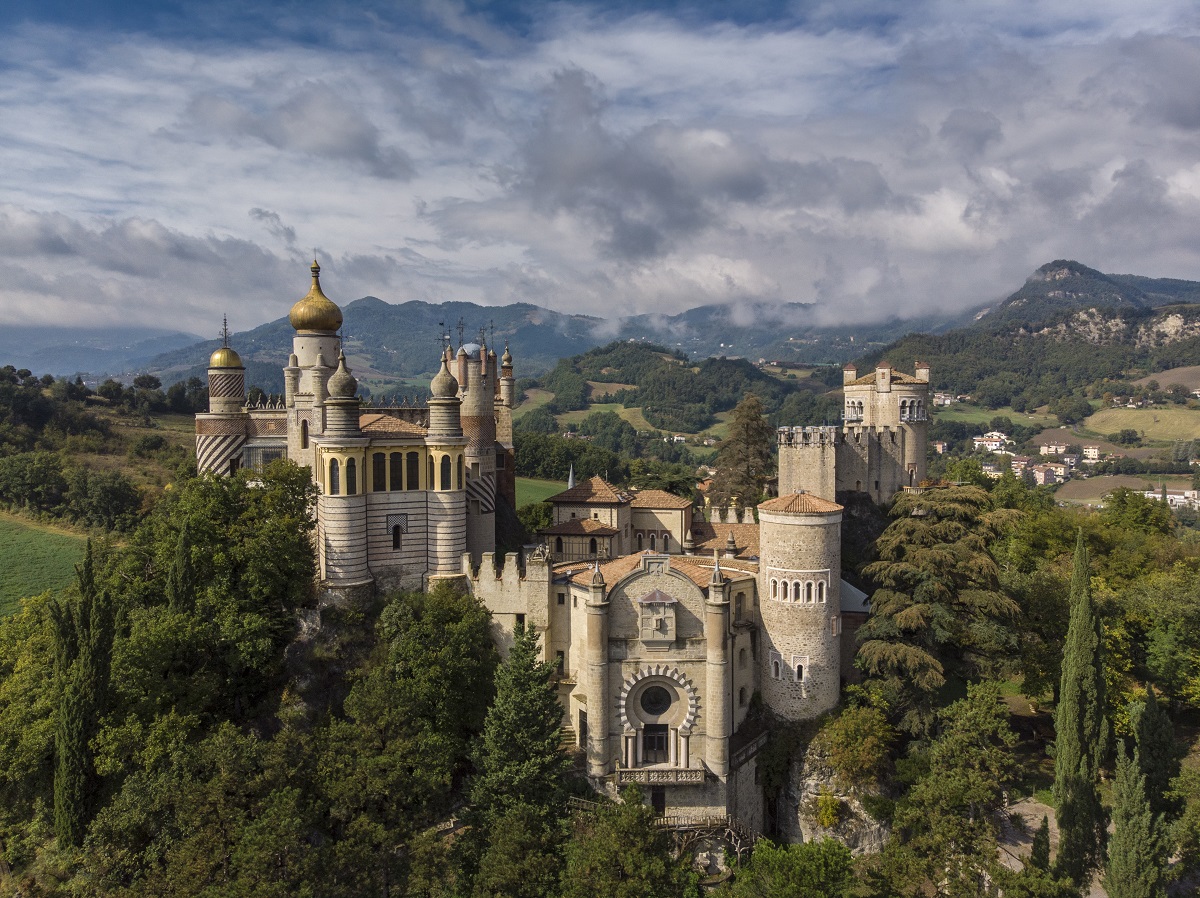
Finally, we move on to the Apennines, where historic buildings and fine residences typically assume the appearance of castles and fortresses. The most popular is certainly Rocchetta Mattei, home of the eccentric Count after whom it was named. Not far from Porretta Terme, on the other hand, stands the Castello Manservisi, whose complex houses the LabOrantes museum, the largest in the Bolognese mountains of its kind, where objects and evidence of the religious and daily life of local people are collected. Finally, we also recommend a detour to the Rocca dei Bentivoglio, in Bazzano, which can be visited regularly according to the opening hours of the Crespellani museum housed inside.
A plethora of splendid ancient buildings in Bologna and Emilia-Romagna are waiting forward to meeting you!